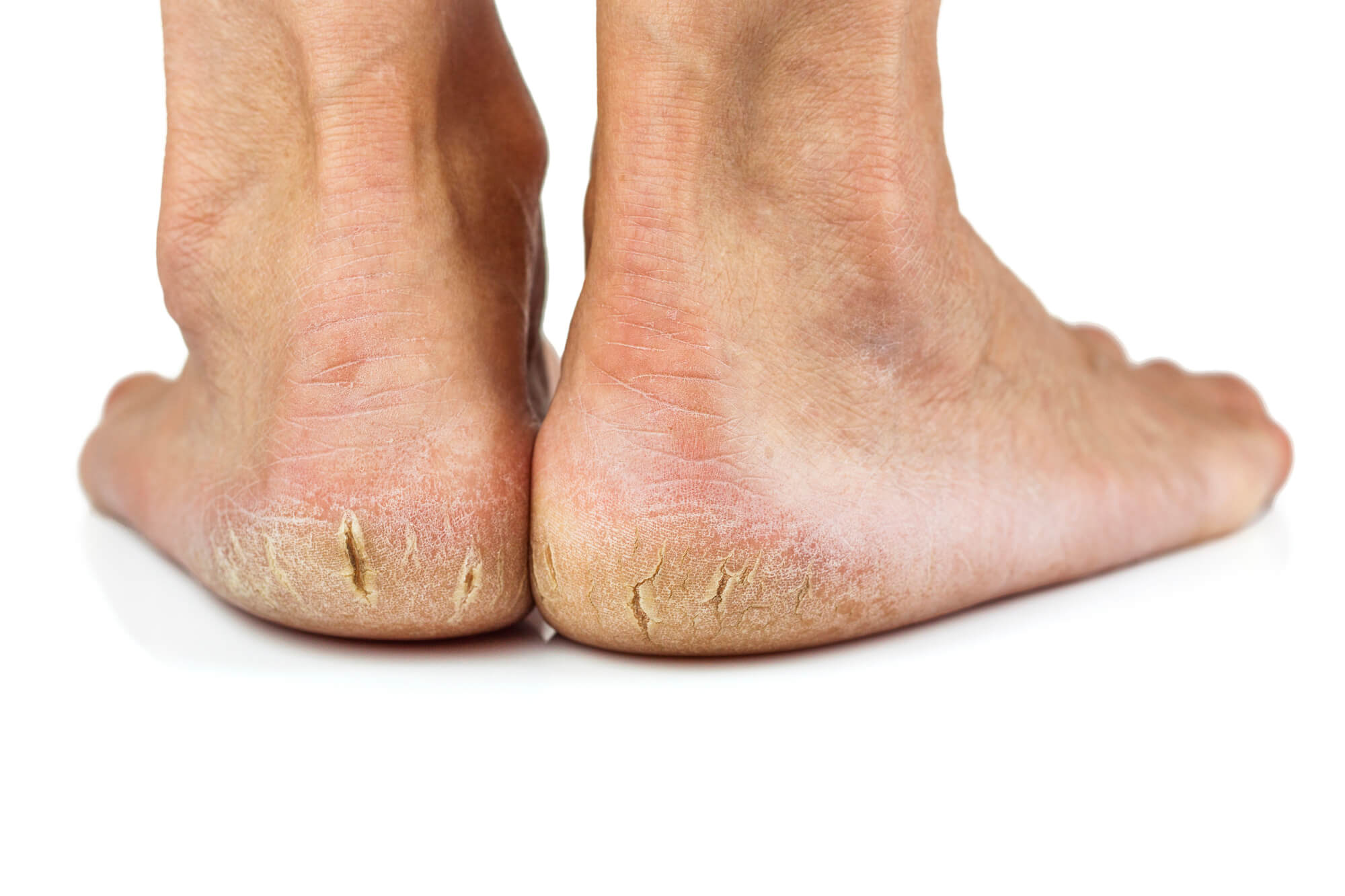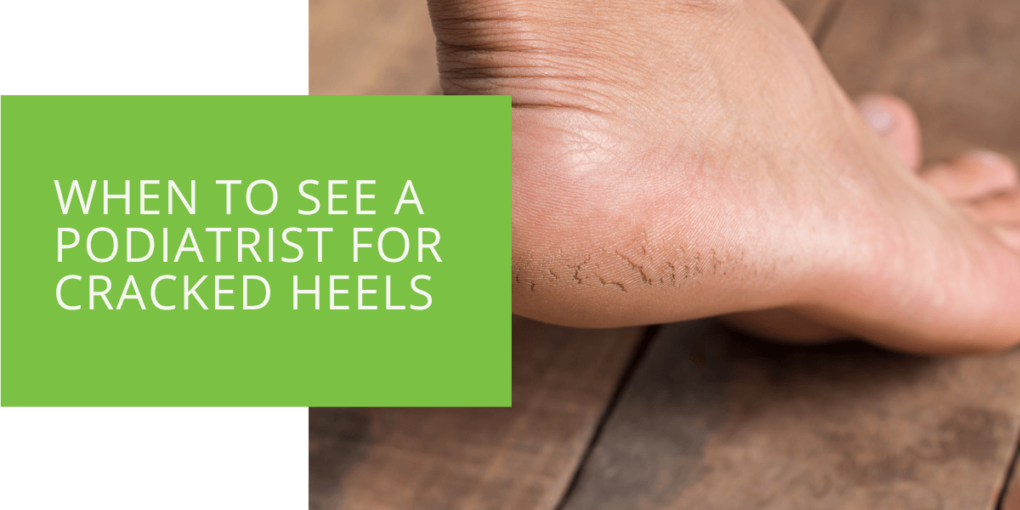When to See a Podiatrist for Cracked Heels
Cracked heels, also known as heel fissures, are common foot conditions that cause discomfort and pain. Cracked heels occur when the skin around the heel becomes dry and thickened, leading to small cracks or fissures in the skin. While mild cases of cracked heels can be treated at home, more severe cases may require medical intervention from a podiatrist. This article will discuss when to see a podiatrist for cracked heels.
What are Cracked Heels?
Cracked heels are a common foot condition characterized by the thickening and drying of the skin around the heel, which can lead to small cracks or fissures in the skin. This condition can be caused by various factors, including dry skin, callus formation, and shoes that do not fit properly. Symptoms of cracked heels may include:
- Pain or discomfort around the heel
- Itching or burning sensations
- Flaky or peeling skin around the heel
- Visible cracks or fissures in the skin around the heel
When to Seek Medical Treatment for Cracked Heels
While many cases of cracked heels can be treated at home with over-the-counter remedies, some require medical intervention from a podiatrist. Here are some scenarios in which you should see a podiatrist for your cracked heels:
When at-home treatments are not effective
If you have been trying at-home treatments for your cracked heels, such as moisturizing creams or exfoliating scrubs, but have not seen any improvement after a few weeks, it may be time to seek medical attention. A podiatrist can assess the severity of your condition and recommend more advanced treatments to help alleviate your symptoms.
When the cracks are deep and painful
If your cracked heels are causing significant foot pain or discomfort, it is important to see a podiatrist. Deep cracks in the skin can become infected, leading to further complications. A podiatrist can assess the depth of the cracks and recommend treatments to help alleviate your symptoms, such as urea creams or debridement.
When the person has diabetes or circulation problems
People with diabetes or circulation problems are at an increased risk of developing complications from cracked heels, such as infections or foot ulcers. It is important for them to see a podiatrist regularly to monitor their foot health and prevent complications. A podiatrist can provide specialized care for people with diabetes and circulation problems and help manage any foot-related issues that may arise.
When the cracks are accompanied by bleeding or discharge
If your cracked heels are bleeding or discharging fluid, it may indicate an underlying infection or other complication. It is important to seek medical attention immediately to prevent further complications. A podiatrist can assess the cause of the bleeding or discharge and recommend appropriate treatment options to help alleviate the pain and reduce the risk of further complications.
In general, if you are experiencing significant pain, inflammation, or other symptoms related to your cracked heels, it is best to seek medical attention sooner rather than later. With prompt and effective treatment, you can alleviate your pain and prevent further complications from your cracked heels.

What to Expect During a Podiatrist Visit
During your visit to a podiatrist for cracked heels, the doctor will examine your feet and ask about your medical history. They may also take X-rays or other imaging tests to get a better look at the affected area. Based on their findings, the podiatrist will recommend a treatment plan that is tailored to your specific needs.
Treatment Options
There are several treatment options available for cracked heels, depending on the severity of the condition. Here are some of the most common treatment options:
Moisturizing creams and lotions
Moisturizing creams and lotions can help to soften the skin around the heel and promote healing. They may contain ingredients such as urea, lactic acid, or glycerin.
Debridement
Debridement involves the removal of thickened, dead skin around the heel to alleviate pressure and promote healing. This may be done through the use of a pumice stone or other exfoliating tool.
Prescription creams and ointments
In more severe cases, the podiatrist may prescribe a topical cream or ointment to promote healing and soften the skin around the heel. These may include urea or salicylic acid-based creams.
Surgery
In rare cases, surgery may be necessary to remove the thickened skin around the heel and promote healing. This is typically only recommended for severe cases that do not respond to other treatments.
Preventing Cracked Heels
Preventing cracked heels is often easier than treating them. Here are some tips for preventing cracked heels:
- Wear properly fitted shoes with adequate support to prevent excess heel pressure.
- Avoid open-backed shoes or sandals that can cause friction and irritation on the skin around the heel.
- Use moisturizers and emollients to keep the skin around the heel soft and supple.
- Exfoliate the skin around the heel regularly to remove dead skin cells and prevent the buildup of thickened skin.
- Avoid using harsh soaps or detergents that can strip the skin of its natural oils and lead to dryness.
Conclusion
Cracked heels can be a painful and uncomfortable foot condition, but with the help of a podiatrist, you can alleviate your symptoms and prevent further complications. If you have been struggling with cracked heels and at-home treatments are not working, consider making an appointment with a podiatrist. You can keep your feet healthy and pain-free by taking preventive measures and seeking prompt medical attention when necessary.

